mwilliamanderson
Brilliant_Rock
- Joined
- Aug 13, 2013
- Messages
- 1,223
There is a
The order of importance in terms of affect on diamond proporfamnce:
Pavilion angle, Crown angle, table size, lower girdle, star facet length
A 1 degree variation in pavilion angle requires an inverse 5 degree crown angle variation.
So essentially the variation in crown angle seems more prcatical.
Thanks Gary. I’ve been looking at only AGS stones for a couple of months and I was thinking where are all the other PA’s? I forgot about GIA rounding, lol.

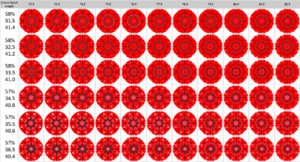
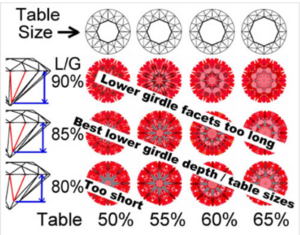
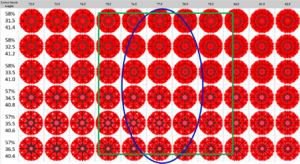

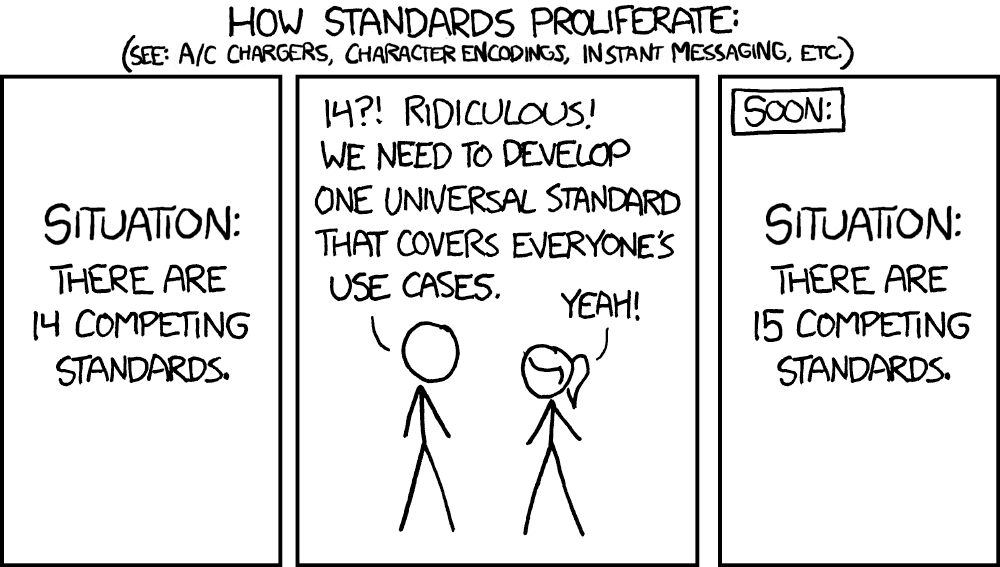
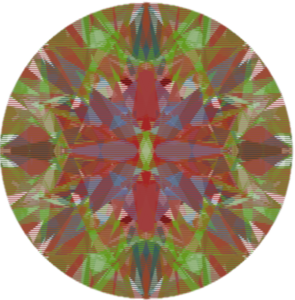
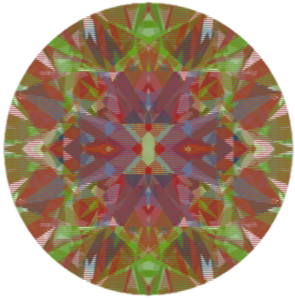
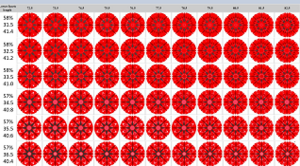



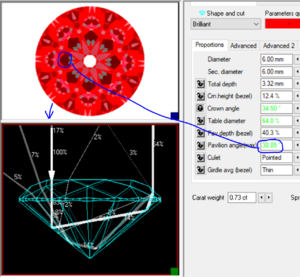
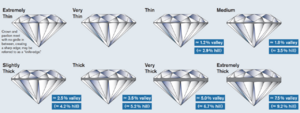


300x240.png)